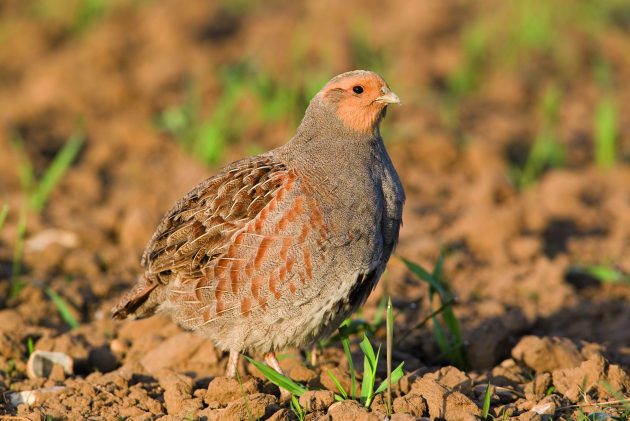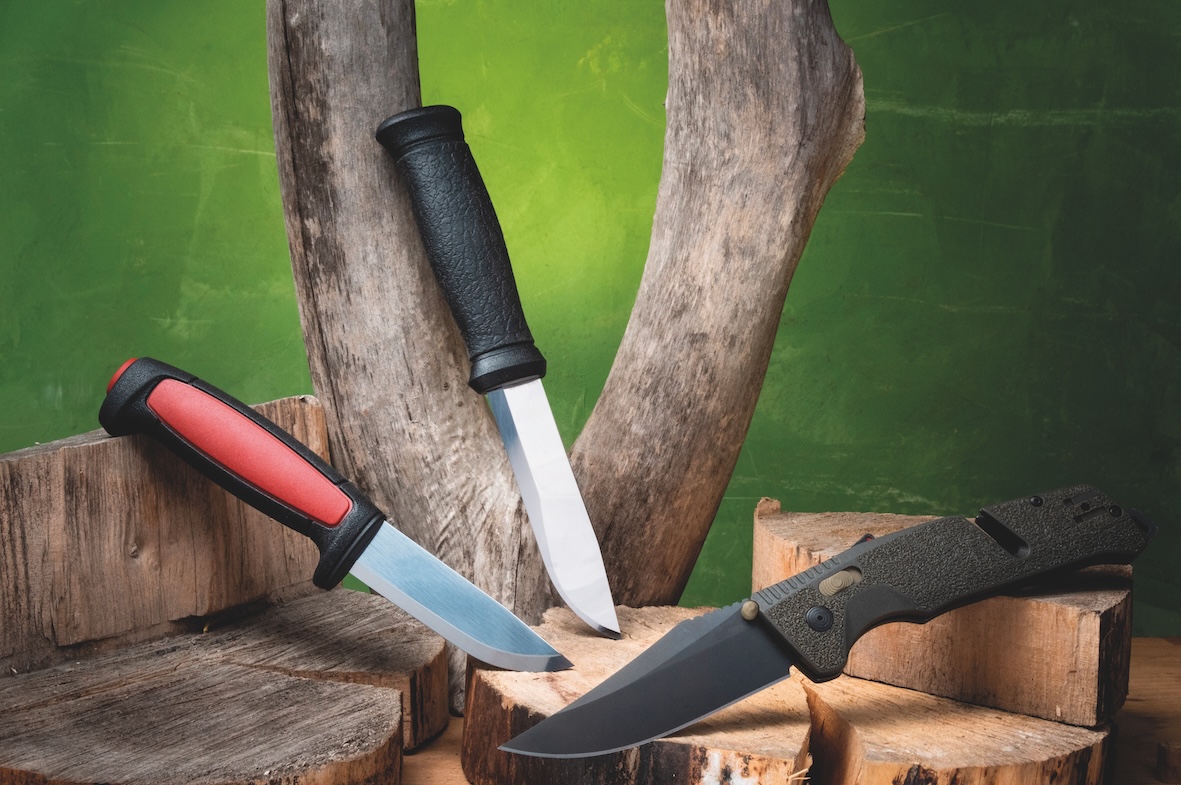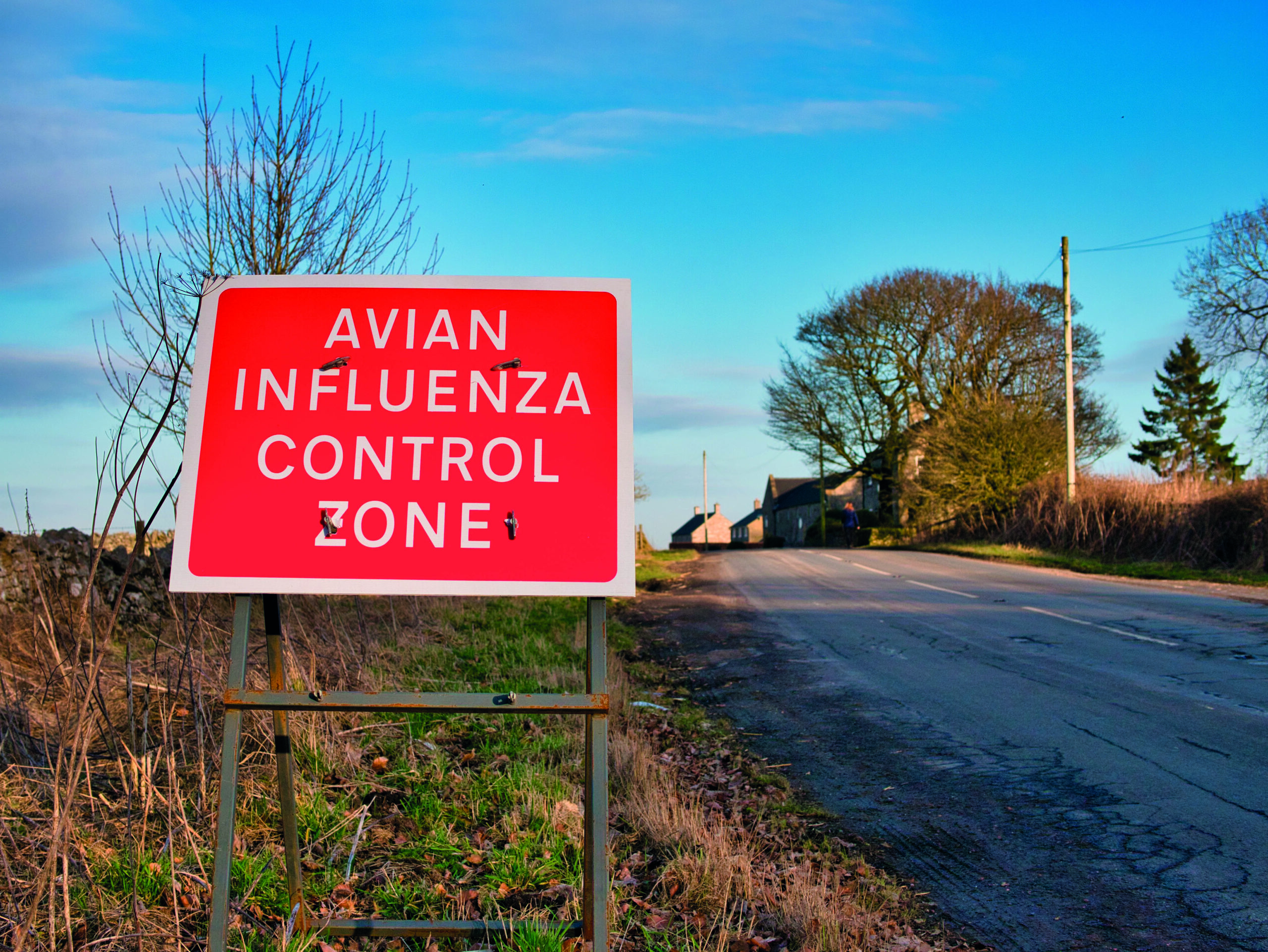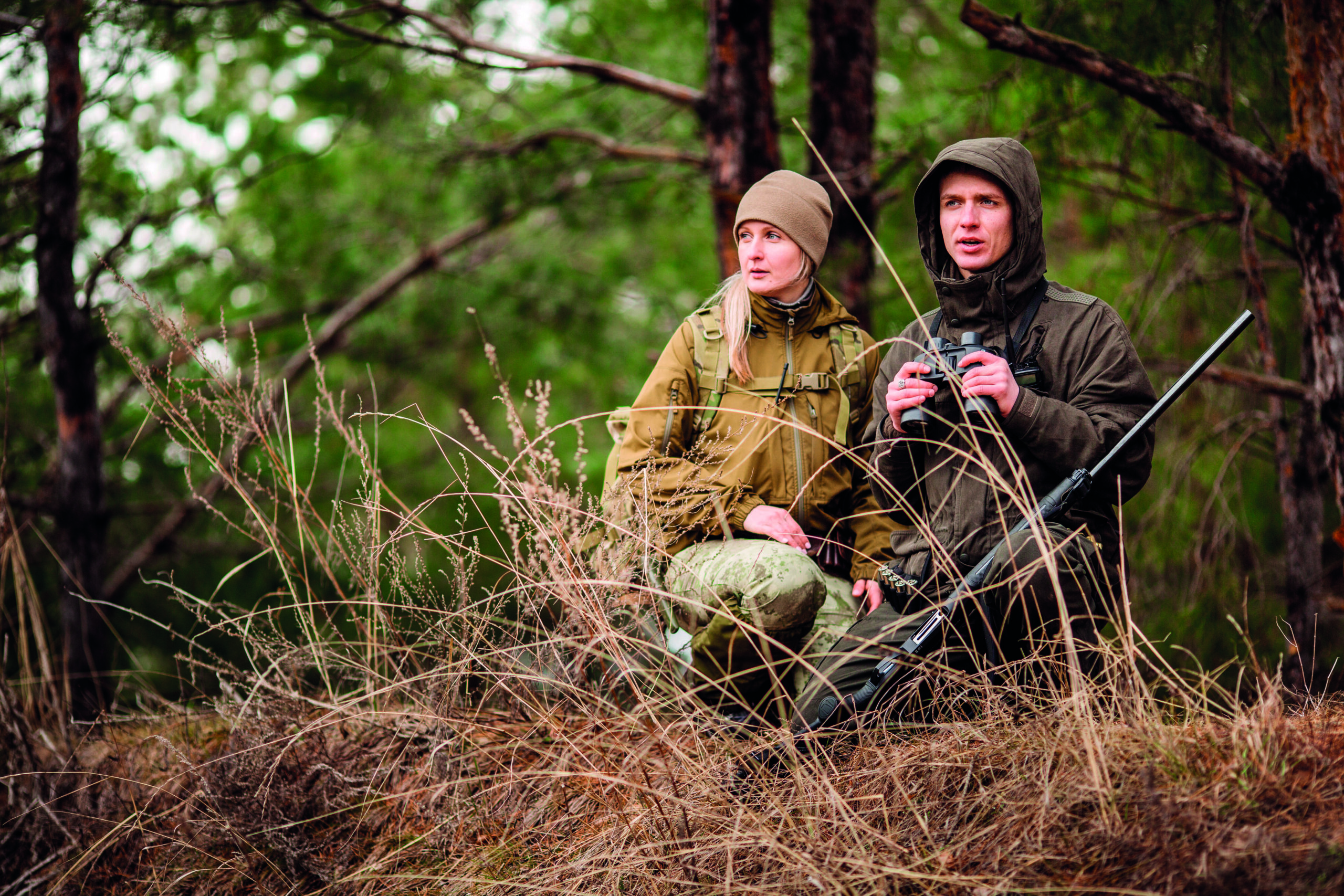Positive start for European partridge research project
An international project will look at the way grey partridges respond to farmland management to indicate how best to help other species.

Mandatory Credit: Photo by FLPA/REX/Shutterstock (3256156a) Grey Partridge (Perdix perdix) adult male, standing in arable field, Suffolk, England Nature
A Game & Wildlife Conservation Trust-led project has got under way, with the grey partridge helping to improve farm biodiversity across Europe.
Apt acronym
As Shooting Times reported at the start of the year, the four-year PARTRIDGE (an acronym for Protecting the Area’s Resources Through Researched Innovative Demonstration of Good Examples) sustainable management project is being held across 10 500-hectare farmland demonstration sites in the UK, Belgium, Germany and the Netherlands. The grey partridge is one of the best indicators of farm ecosystem health and the project’s goal is to discover how best to restore farmland wildlife based upon tailored management for these birds.
Each site is improving the quantity and quality of habitat for Grey Partridges, and implementing other measures such as the exclusion of potential nest predators and the provision of supplementary food.
Efforts at Balgonie
The EU Interreg North Sea Region, which is helping to fund the project, explained the measures being undertaken at one of the demonstration sites — the Balgonie estate in Fife.
“[The estate] has no recent history of supplementary feeding, so this was a measure we were very keen to introduce here. The site has a fledgling population of grey partridges of about 4.5 pairs/100ha, and we hope that by providing additional winter food, which is crucial during the late winter period when most other sources of food are exhausted, we can help more birds survive the winter and increase breeding numbers.”
Twenty new feeders were placed on the Balgonie estate in mid-March and stocked with wheat, with partridges and other species already using them. The plan is to more than double the number of feeders next autumn to benefit various bird species.








